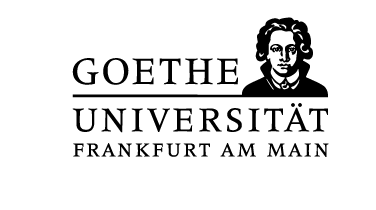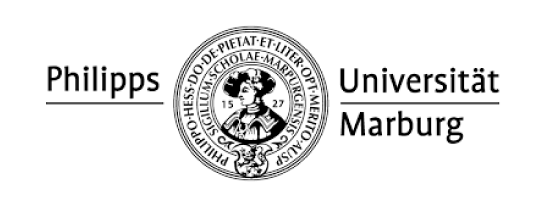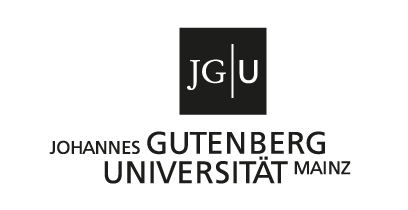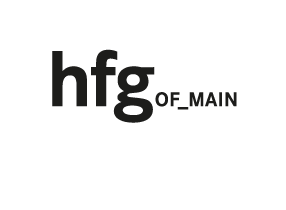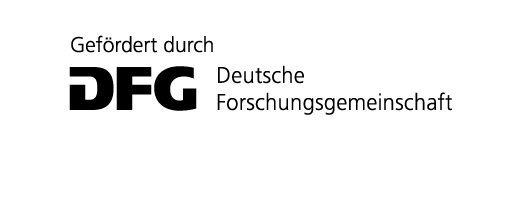"Kleine Fernsehspielgeschichten" – A data based approach towards the work of a public broadcasting editorial office between film and television history
The dissertation project focuses on the ZDF editorial department Das kleine Fernsehspiel (DkF), which has been committed to promoting up-and-coming filmmakers from Germany and abroad since its foundation in 1963. The weekly broadcasting slot has offered editors and filmmakers above-average freedom, at least since it was moved to the late evening (usually at midnight) and therefor lost specific length requirements (which is extremely unusual, especially for the program logic of broadcasters). The resulting DkF in-house and co-productions and acquisitions, which are rather unconventional for the German television landscape, form a heterogeneous yet clearly defined corpus. A significant number of the in-house productions were not only produced for television only but also for cinema. With the inclusion of digitized broadcast and archive data, as well as interviews with editors, a complex picture of the work of the editorial team at the interface of film and television history can be drawn. An attempt is made to outline historical constellations that complicate discourses on television film, without necessarily resolving the resulting tensions. In addition to content-related issues, methodological questions about data-based historiographical work will also be addressed.
Profile
Fabian Kling has been working at Johannes Gutenberg University Mainz since 2022, where he teaches as a research assistant in media dramaturgy and is working on his Ph.D. Since 2024, he has also been involved in the Digital Cinema Hub (DiCi-Hub) research project funded by the Volkswagen Foundation. Fabian Kling studied Media Design (B.A.) at the DHBW Ravensburg until 2016 and worked as an art director in the advertising industry after graduating. In 2017, he began studying Film Studies (B.A.) and Media Dramaturgy (M.A.) at JGU. He completed both in 2022, the latter with the thesis “Digital Cartography as a Method of Film Historiography“.
